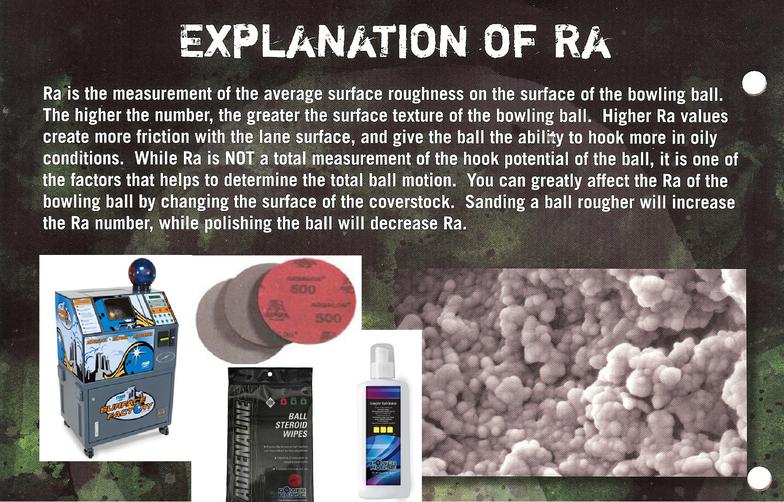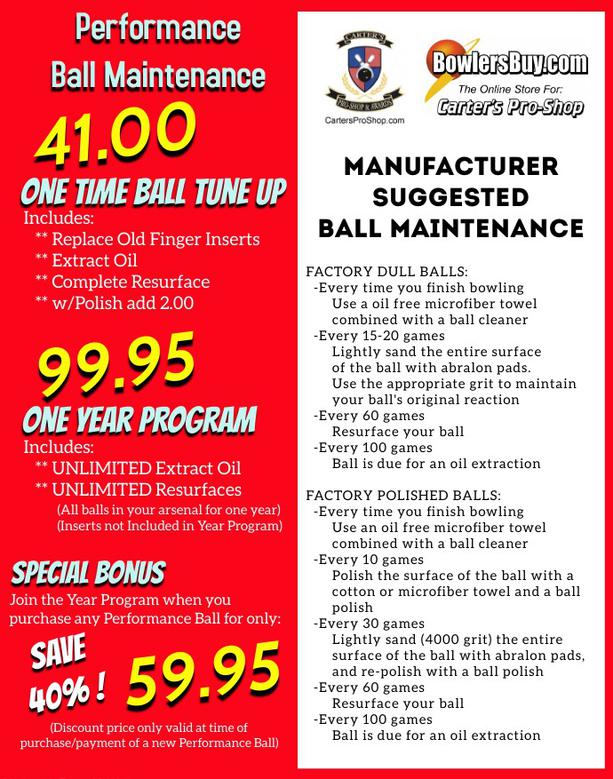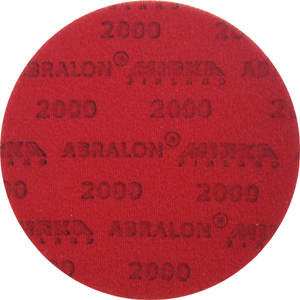732-797-1001
1-866-871-2695
CartersPro@aol.com
Carter's Pro-Shop
Since1993
Why should you change your inserts?
You wouldn’t go a whole year without changing your car engine's oil and still expect it to run smoothly, would you? Then how can you expect to perform your best on the lanes with old finger inserts in your bowling ball.
Research has shown that after 3-4 months or 60-80 games, the fit and texture of your finger inserts have changed. Finger inserts are made of a soft vinyl material which wears with frequency of use similar to the tread on a tire or the sole of a shoe. Excess wear enlarges the size of the finger insert hole altering the fit and span of the grip. Proper fit and span are among the most crucial elements of ensuring a strong sense of confidence and performance on the lanes. In addition to wear, finger inserts are also exposed to various substances, like rosin, hand conditioners and lane oils, which alter the feel and texture of the insert ultimately affecting the release.
If you want to maximize your performance on the lanes and keep your ball in optimal striking condition, it is important to properly maintain your bowling equipment. Have your inserts replaced every 3-4 months or 60-80 games. Replace your old inserts for turbo-charged bowling every time.
Why use grips? What are grips?
Fingertip grips are soft plastic "tubes" which are glued into the finger holes of those who use the fingertip release. Grips, which are softer than the material that makes up a bowling ball, "give" or offer more resistance at the point of release. It's this split-second resistance that gives the bowler the added lift that increases revolutions, for improved pin-action.
Fingertip grips are constructed predominantly of vinyl or silicone, which are either molded or extruded into the various shapes and configurations. In addition to size and color, grips come in a variety of shapes, and hardness' which can yield dramatically different results. Popular shapes are oval style grips, pitched grips, and round grips. Hardness ratings vary from soft to firm.
Consistency, consistency, consistency. If it seems as if everything related to performance revolves around consistency, the release is no exception. Since each ball is constructed of different materials, the texture, the tackiness, and the resistance varies from ball to ball. Finger grips and thumb inserts help provide the bowler with a consistent feel from ball to ball, thus promoting a more consistent release.
True Grit
The most important decision for
proper ball reaction.
Having the proper amount of surface friction on the bowling ball’s surface is the most important factor in obtaining a favorable ball reaction. Having too much (the ball is not smooth or shiny enough) or having too little (the ball is too smooth) can severely hinder your ball reaction. While it is very important to consider the proper RG (early rev versus late rev) and Differential (flare and hook potential) when picking out a new ball, having the proper relationship of friction between the ball’s surface and the lane surface is paramount in maximizing ball reaction. It does not matter what size of engine a car has in it if the tires do not provide the proper contact with the road. One can vary the breakpoint greater with sandpaper and polishing compounds than with drilling techniques using different pin placements.
Keep in mind that having the proper surface texture, sanded or polished, is the MOST IMPORTANT variable in ball performance. Having too much texture can cause a ball to lose energy prematurely, and having too little texture can cause a ball to conserve energy too long, creating excessive skid.
For maintaining the traction attributes of sanded products, it is recommended re-sanding every 30-40 games with the original grit, then clean with a cleaner. This will restore the oil-displacing texture that the ball had out of the factory. To return a factory polished ball to its original condition, cross-sand (600-800 grit) and polish.
Keeping the surface of the ball clean will enhance the traction and reaction attributes of the ball’s coverstock and extend the ball’s life by removing excess lane oil and dirt.
Ask Ebonite.com
(Rich Jacobson)
How should I store my arsenal when not in use?
Improve your game
with Abralon
Abralon is a superior sanding and polishing product for bowling ball surface applications. Used to achieve extremely fine polished surfaces with minimal effort.
Abralon has the following features:
*Combines benefits of abrasive cloth and non-woven
products.
*Constructed with a fabric face, foam center and hook &
loop backing.
*Openings in the fabric allow water and air to flow freely
around the abrasive.
*Works especially well when sanding coutoured surfaces
and sharp edges.
*Open cell design holds large amount or water for
lubrication and cooling.
*Foam center provides for even surface pressure,
eliminates "finger marks" when hand sanding.
Available in 180, 360, 500, 1000, 2000 and 4000 grit.
Description :
180 grit for deepest scratches
360 grit for deep scratches
500 grit for medium scratches
1000 grit to return to factory sanded finish
2000 grit for a mild luster with texture underneath
4000 grit for a high luster with smooth texture
Proper Bowling Ball Maintenance
USBC Bowling Academy
Cracked Bowling Ball:
Climate Effects
Bowling Grips and Thumb Inserts
USBC Bowling Academy
Replace Finger Grips
Chuck on the Truck Intro
Tape Installation
Surface Prep
Bowling Ball Maintenance
USBC Bowling Academy
Ball Cleaning
Manufacturers Suggested Maintenance Guide
FACTORY DULL BALLS:
-- EVERY TIME YOU FINISH BOWLING
*Use an oil free Microfiber towel combined with a Ball Cleaner
-- EVERY 15-20 GAMES
*Lightly sand the entire surface of the *ball with Abralon Pads.
Use the appropriate grit to maintain your ball's original reaction.
-- EVERY 60 GAMES
*Resurface your ball.
-- EVERY 100 GAMES
*Ball is due for an Oil Extraction.
FACTORY POLISHED BALLS:
-- EVERY TIME YOU FINISH BOWLING
*Use an oil free Microfiber towel combined with a Ball Cleaner
-- EVERY 10 GAMES
*Polish the surface of the ball with a cotton towel and a Ball Polish.
-- EVERY 30 GAMES
*Lightly sand (4000 grit) the entire surface of the ball with Abralon
Pads, and re-polish with a ball polish.
-- EVERY 60 GAMES
*Resurface your ball
-- EVERY 100 GAMES
*Ball is due for an Oil Extraction.



